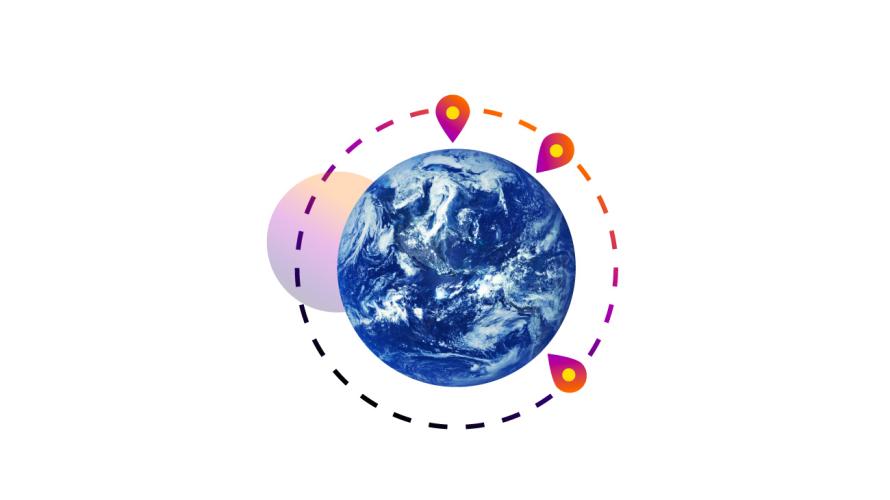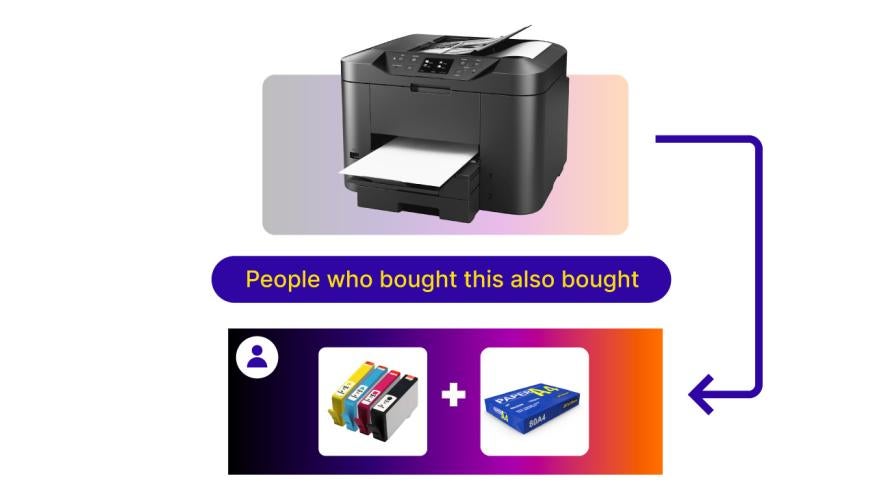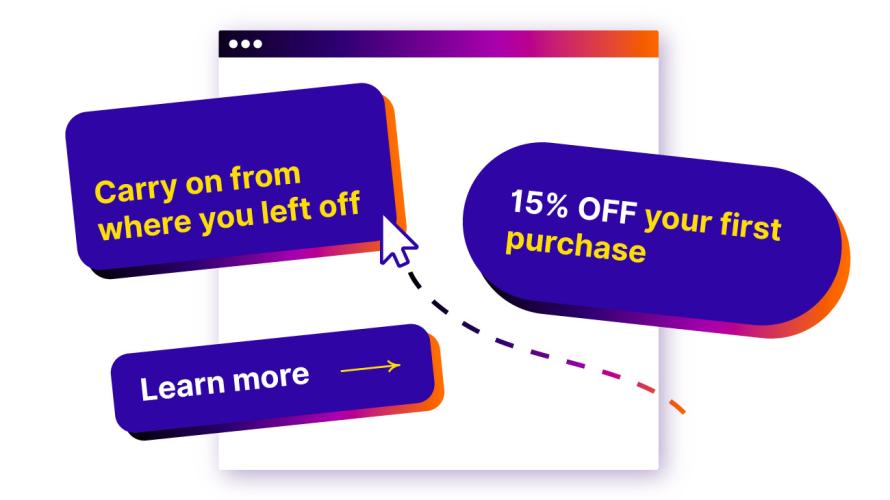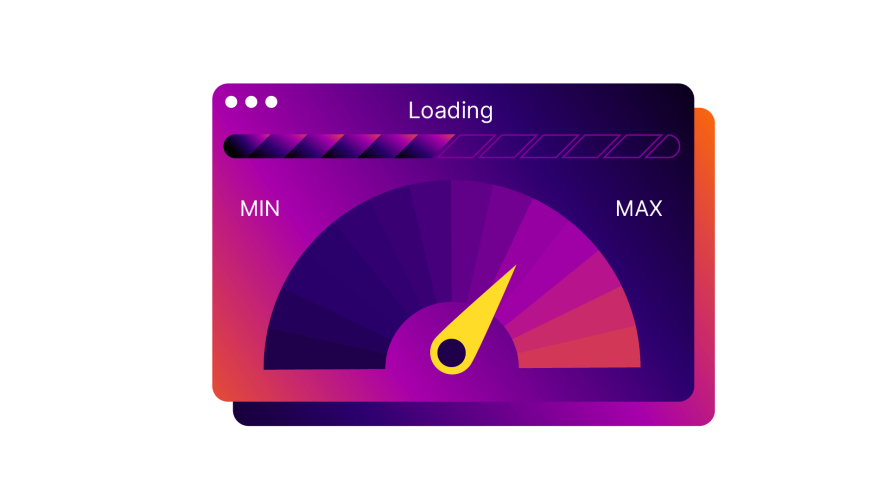Filters
Content Type
Topics
Learning From the Best: Essential Website Personalization Examples
Web personalization is the key to unlocking exceptional levels of engagement and loyalty among website visitors. But despite all the buzz, it seems to be a concept more celebrated in theory than practice.
That’s because two often misunderstood dynamics add to the complexity of web personalization effectiveness:
- Achieving personalization requires at least double the effort in certain work areas. This trade-off can be worthwhile, but it's not the effortless solution some may hope for.
- The pursuit of personalization can inadvertently slow down your site. This slowdown, in turn, can diminish the conversions that personalization aims to boost.
Although the potential benefits of website personalization are hard to ignore, many website owners are rightfully concerned about the complexities of data management, privacy regulations, grasping the necessary technology and maintaining an optimal user experience.
In this article, we’ll address these valid concerns. We’ll guide you through the strategies that genuinely make a difference, advise on evaluating the effectiveness of your personalization efforts and showcase examples of successful website personalization.
How To Achieve Effective Website Personalization
At the heart of web personalization lies the ability to anticipate and meet customer needs accurately. When visitors feel that a website has been tailored to them, they’ll be more inclined to spend time there and more likely to return in the future.
In working and discussing with countless web-teams we've observed how often personalization is ambitiously promised but disappointingly under-delivered. That's why we encourage starting small with your personalization strategy. Beginning with manageable adjustments can lead to significant improvements in how your website engages and retains visitors.
Here are some key areas where you can initiate personalization:
Buyer Personas
Image

Buyer personas are representations of your ideal customers. Crafting detailed buyer profiles enables you to customize your website's content and design to match the specific needs, interests and values of different visitor segments.
For instance, if you identify a persona that values sustainability, you could highlight eco-friendly products or initiatives prominently for these visitors. Understanding not just the demographic but the psychographic characteristics of your personas can transform how you communicate with your audience, making every interaction feel more personalized and relevant.
Geolocation
Image

By detecting a visitor's location, you can tailor their website experience in several ways. This could mean directing them to their nearest store or adjusting the ‘Free shipping’ threshold based on their location to encourage purchases. Another great use of location-based personalization is changing the homepage so it shows items most relevant to that country. Such geolocation-based personalization enhances the user experience and serves as a powerful upselling tool.
Image

Device Type
The device used to access your website – be it a desktop, mobile or tablet – can significantly influence the visitor’s browsing behavior. Recognizing this, you can optimize your site's content and navigation to suit the device type and improve customer experience.
For example, your data may tell you that some content categories perform better when featured on the homepage for mobile devices vs. desktops.
Behavior Comparisons
Image

Incorporating a feature like “People who bought this also bought…” serves multiple purposes. It adds a layer of social proof, making items more appealing by showing that they are popular among peers.
Additionally, it offers personalized product recommendations, suggesting products the visitor is likely to find interesting based on their browsing or purchase history to enhance user experience and encourage additional purchases or browsing.
This isn’t only applicable to eCommerce. If someone reads one article on a media site, they will often be shown other articles that relate to it or that have proven to be popular with other readers based on their reading history. This keeps the reader engaged on the site for longer by suggesting content they are likely to find interesting.
Personalized Call to Action (CTA)
Image

The goal of a call to action (CTA) is to prompt visitors to do a specific behavior, such as signing up for a newsletter, downloading an ebook or watching a video. Tailoring this message to the visitor's status (e.g., new visitor or returning customer) can significantly increase its effectiveness.
For instance, a returning customer might see a CTA like “Carry on from where you left off”, whereas a new visitor might be encouraged with a “Learn more”. Personalizing CTAs in this way ensures that the message resonates more deeply with each visitor, increasing the likelihood of engagement.
Overcoming Common Challenges: Best Practices in Website Personalization
Privacy Concerns
Privacy is a major concern, especially with most websites relying on cookies to gather visitor information. However, many internet browsers now block cookies by default, and stringent privacy legislations further complicate data collection.
The General Data Protection Regulation (GDPR) in the European Union mandates explicit consent from users for tracking and storing their data. Similarly, the California Consumer Privacy Act (CCPA) empowers users with rights over their personal information, including knowing what data is held about them, requesting deletion and opting out of data sharing.
To navigate these regulations, ensure your website is transparent about its data collection practices and provides users with easy options to manage their consent.
Data Collection
Collecting a diverse range of user data is crucial for effective personalization but can be challenging. The key is to leverage various data points – such as browsing history, engagement metrics and purchase history – to build a comprehensive picture of each visitor.
Employing tools that track and analyze these interactions can help tailor the website experience to individual preferences. However, it's essential to balance the depth of data collection with user privacy considerations, always ensuring compliance with relevant legislation.
Appropriate Personalization
Excessive personalization might feel intrusive to some users, while insufficient customization may fail to engage. The goal is to create a personalized experience that feels helpful and relevant without overstepping. This requires a nuanced understanding of your audience segments and a flexible approach to personalization that can adapt to varied user comfort levels.
Performance Scalability
Personalizing content typically means you cannot rely as heavily on traditional page caching methods, which slows website performance. A dynamic, personalized website is harder to cache because the content varies from user to user.
However, using a Content Delivery Network (CDN) like Pantheon's can alleviate some of these issues. CDNs help pages load faster by serving content from servers close to the user's location. Pantheon also offers advanced page caching solutions that can optimize the performance of personalized sites without compromising the personalization quality.
Integrating Personalization Across Channels
Often, data isn't synchronized across different channels, making it difficult to provide a unified, personalized experience. Solutions that integrate data from various touchpoints can help create a cohesive user experience, regardless of how or where a user interacts with your brand.
Additionally, restructuring databases to centralize data is a considerable undertaking but essential for seamless cross-channel personalization.
Evaluating Personalization Success
To truly harness the power of website personalization, it's crucial to measure its impact accurately. Setting clear benchmarks and key performance indicators (KPIs) is the first step toward quantifying the success of your personalization strategies.
Here's how you can approach this evaluation process effectively:
- Set Clear Benchmarks and KPIs: Establish specific, measurable goals for your personalization efforts, such as conversion rates, average order value, bounce rates, engagement rates and Customer Lifetime Value (CLTV). These benchmarks will serve as your guideposts, helping you determine whether your strategies are moving you closer to your objectives.
- Utilize Analytics and Heat maps: Analytics tools offer a wealth of data about how users interact with your site, but numbers alone can't always capture the nuances of user behavior. Heat maps complement these analytics by visually representing where users click, scroll, and spend time on your pages. This insight can help you understand what elements are capturing attention and where there might be room for improvement in your website personalization strategy.
- Consider Geographic and Demographic Results: Different regions and demographic groups may respond differently to certain personalization tactics. By analyzing these segments separately, you can refine your strategies to better suit the diverse needs and preferences of your audience.
- Continuous Monitoring and Optimization: Keep an eye on your KPIs and be ready to adjust your approach based on what the data tells you. This iterative process ensures that your personalization efforts remain effective and aligned with your audience's changing needs.
- The Role of A/B Testing: The technology needed for A/B testing overlaps heavily with personalization technology. When you can compare the efficacy of content or design changes through A/B testing with randomized samplings of visitors, you can also swap those elements based on non-random, personalization characteristics.
Improving Website Personalization With Pantheon
Implementing personalization can significantly enhance the user experience, fostering greater customer loyalty, more engagement and higher conversion rates. However, as we've emphasized, the foundation of any successful personalization strategy is website performance, speed and reliability.
Our Edge Integrations, designed specifically for Drupal and WordPress sites, enable you to personalize content – based on geolocation and interests – directly on the Pantheon platform. It offers personalization without compromising site speed, ensuring your website remains fast and responsive.
Additionally, our Global CDN is engineered to enhance your website's speed, responsiveness and availability worldwide. For organizations with even greater demands, our Advanced Global CDN offers additional capabilities to meet those needs, ensuring your site delivers a seamless experience, regardless of traffic spikes or geographic location.
Don't let slow website performance undermine your personalization efforts. Reach out to Pantheon today to learn more about how our platform and technologies can enhance both the personalization and performance of your website!


